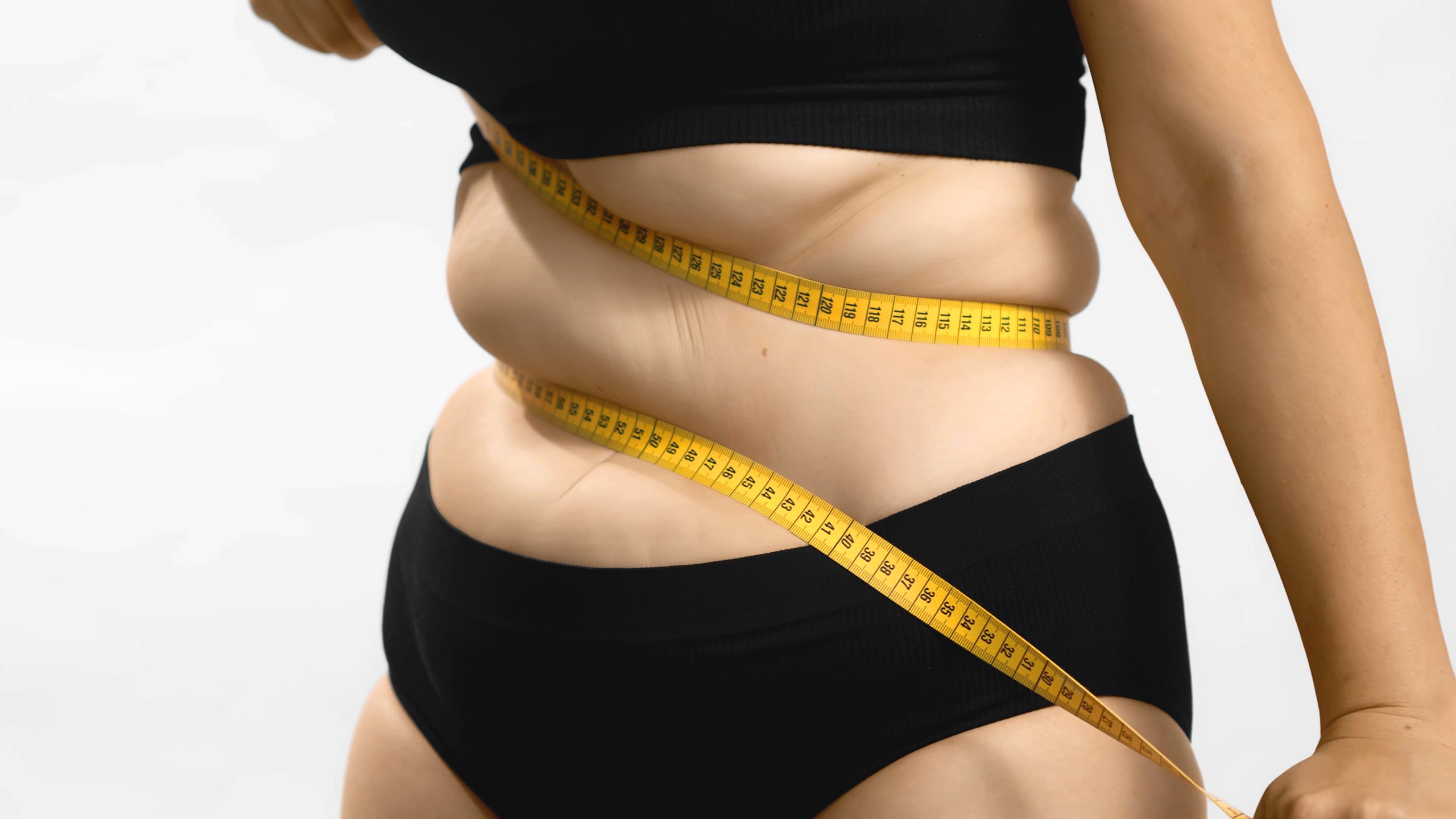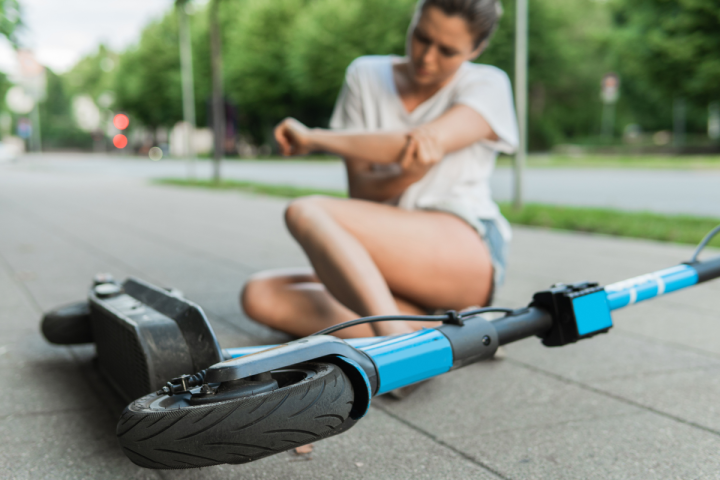Cryolipolysis is a procedure that involves freezing tissue to cause it to break down. It is used for the rapid regeneration of muscles and joints and is recommended for all patients actively involved in sport. Cryolipolysis treatment helps to recover quickly from training, restore fitness after injury, and stabilise sugar metabolism. As it turns out, it is also possible to burn some body fat with its help.
What is cryolipolysis treatment?
Contrast cryolipolysis is a method that effectively helps to get rid of fat from specific areas of the body, including the face, back, abdomen or thighs. It uses the latest technology, which involves removing unwanted fat using low temperatures of between 5 and 10 degrees C, resulting in the metabolisation of dead fat cells.
What are the benefits of cryolipolysis?
Cryolipolysis is a non-surgical and non-invasive treatment. It does not require incisions, needles or any other surgical procedures. It uses controlled cooling that does not damage neighbouring tissues or structures such as skin, muscles or nerves. It is preferred by people who do not want to undergo more invasive procedures such as liposuction.
Cryolipolysis treatment is a very effective method of reducing localised fatty tissue. As it turns out, the cold causes damage to fat cells, after which the body removes them naturally by means of metabolic processes. There is therefore no need for a lengthy recovery period after cryolipolysis and you can return to your daily activities almost immediately afterwards.
Furthermore, cryolipolysis can be applied to different areas of the body, such as the abdomen, thighs, buttocks, arms or chin. This is because there are many applicators of different shapes and sizes that allow the procedure to be tailored to the patient's individual needs and preferences. The risk of complications after cryolipolysis is usually low, although some temporary side effects such as redness, swelling or tingling may occur.
Fat freezing is a non-invasive and safe procedure. It causes lipids from fat cells to be released and transported through the lymphatic system. It is important to know that lipids crystallise at a slightly higher temperature than other cells that contain water, hence cryolipolysis destroys only the fat cells and spares the other tissues.
The fat-freezing process during the treatment takes between 45 and 60 minutes. Cryolipolysis, allows you to lose between 25% and 40% of fat from the treated area.
The greatest benefits of cryolipolysis include:
- Non-invasiveness,
- Safety,
- Effectiveness,
- No recovery time,
- Fitting to different areas of the body.

What are the effects of cryolipolysis?
With cryolipolysis, patients can lose up to 40% of locally stored fat. However, this can be a different amount in everyone. Some lose quite a few centimetres in circumference, for others the changes are more subtle, but they will always be noticeable. This is because their rate depends on individual predisposition. The effects of the procedure become apparent at different times, and the rate of metabolisation of the frozen fat cells depends on the individual's liver function.
The effects of cryolipolysis can be visible a few weeks or months after the treatment, and full results can be seen after about 2-4 months. It is also worth knowing that another cryolipolysis treatment for the same area can only be performed 4 weeks after the previous one.
Cryolipolysis treatment - who can undergo it?
Cryolipolysis is not a treatment recommended for people who are struggling with great excess weight. This is because in the case of large obesity, it will not produce the desired results. Fat freezing works best on small body parts. It can be used to get rid of a tyre on the abdomen or so-called "breeches".
Children, pregnant and lactating women, people with a diseased liver, advanced diabetes, low blood pressure, pacemakers and those suffering from Raynaud's disease, hypoproteinaemia or rioglobulinaemia cannot undergo cryolipolysis.




